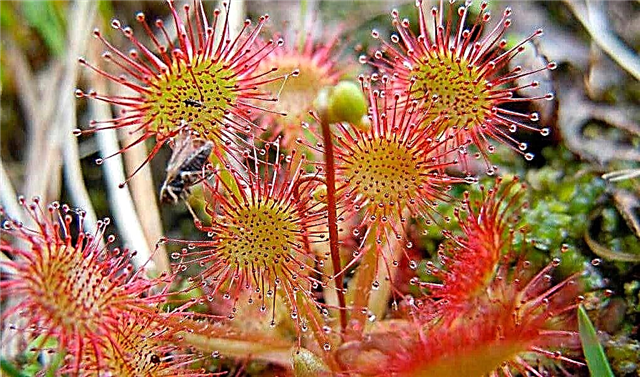
For many millennia, mankind has been cultivating various plants that are part of the diet, and sometimes become its basis. Why do they produce edible fruits, and how did the cultivation of these plants occur? What made them promising for cultivation, and were they so large, juicy, rich in useful substances initially, even before the cultivation of man? These are quite natural questions for which there are reasonable answers.
Many plants tend to accumulate nutrients in certain parts, which makes them edible and healthy. Cultivation has made them even more promising for cultivation.
Carrots and root vegetables

Potatoes, carrots, beets and other root vegetables initially tended to lay nutrients in the root in order to successfully winter and grow a strong plant with the first warming. So it was before the cultivation of man, but wild plants had less powerful roots. In any case, carrots lay down nutrients primarily for itself, but a person noticed such a tendency and wrapped it in his favor.
Since then, root crops, first wild, and then cultivated, began to appear on the table. Potatoes were cultivated on the American continent, turnips - in Europe and Russia. The man quickly caught the relationship - if you select and plant the largest, strongest plants, they will give the same offspring.The largest root crops were selected and planted on seeds, and gradually this process allowed to obtain modern large and viable varieties.
What herbs does a person eat?
The diet of plant nutrition includes not only root crops, but also various herbs. This is not only greens in the form of dill or parsley, but also numerous cereals. Any cereal is an annual grass that blooms and gives an ear of grain. In the same way as with root crops, mankind noted that it makes sense to sow the largest grains and select plants with the heaviest spikelets in order to get the best harvest.
After millennia, modern varieties with high yields have been obtained. But wild grasses remained in their former form, and they can be found in the summer on every lawn. Field grasses have underdeveloped spikelets and small grains, despite the fact that they are also full-fledged cereal crops.

In the process of agricultural activities, rice was cultivated in the southeast, maize and corn were cultivated on the American continent, and cultivated wheat appeared in the Middle East. Initially, all cereals, root crops, and fruits were harvested by man at the place of their natural growth, but later on people began to sow plants on purpose, moving from gathering to farming using first primitive, and then - more advanced tools. Success in this endeavor made it possible to abandon the need to wander, people began to settle in fertile territories and constantly live on them, cities appeared, the accumulation of material wealth began.
Thus, a person does not just eat grass - plants were able to completely change his lifestyle and give an impetus to the beginning and development of the first civilizations. Cattle breeding, of course, also contributed in every way to this, but scientists note that it all began with plants and agricultural success.












